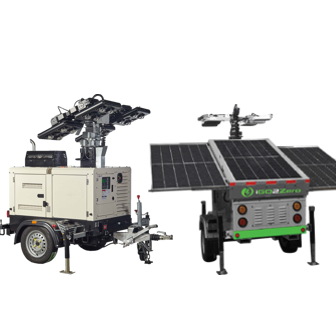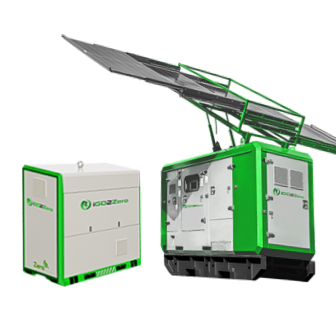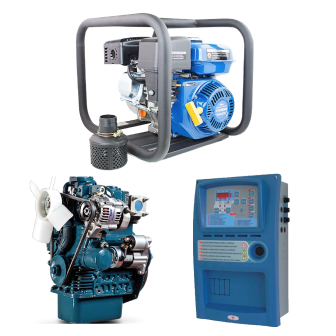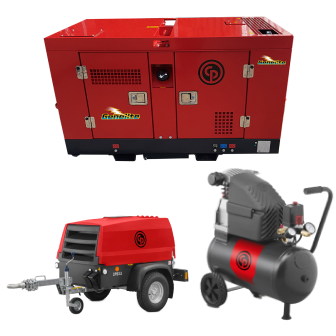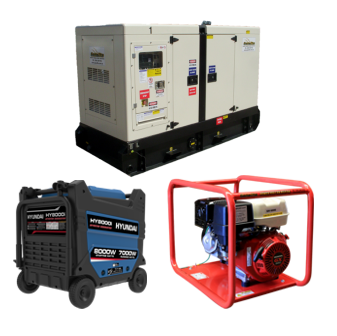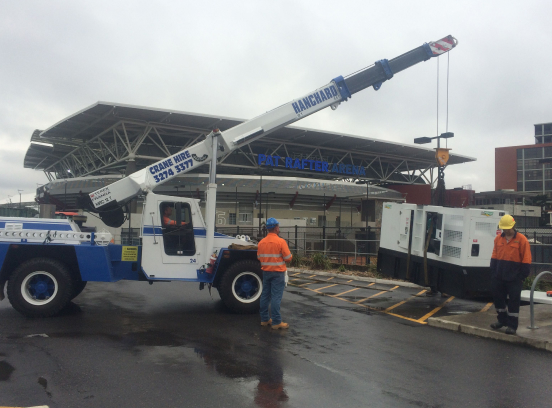
4.2kVA Pramac PX5000
In Stock
SKU: PX5000
Specifications Sheets
Express Shipping: Emergency? Ask about immediate dispatch.
Finance Calculator
Product Description - 4.2 kVA Pramac PX5000
Ready to move where power is needed, and configured with a strong and compact frame with integrated handle and wheels, that allow to transport it easily.
Product Specifications
Model
PX5000
Engine
Pramac SR188F
Fuel Tank Capacity
27 litres
Noise level
69 dB(A) @7m
Dimensions
72.7 x 51.5 x 67 cm
Weight
79 kg
Product FAQs
Petrol Generators – Can I use this generator to charge my power tool batteries?
Charging battery packs is fine from a conventional generator, we’d recommend having a steady load on the generator and don’t connect appliances that will cause the load to jump around during charging.
Will old gas hurt a generator?
Yes. If you pour in old fuel, the impurities mixed with it are deposited throughout the generator’s system. These impurities then clog up the generator’s pistons and carburetor, causing the generator to either run inefficiently or stop altogether.
What are the advantages of petrol generators?
Petrol generators are generally less expensive, and available in more models and price ranges than diesel generators, one of the few benefits of their reduced power. They also generally come in smaller and more portable models.
Can you use super unleaded in a generator?
Generators are normally designed to run on lower octane gasoline. If you have the manual, it will tell you somewhere what octane rating it prefers. If you use a higher octane than the generator needs, it will run just fine with absolutely no problems.
What should I consider when buying a petrol generator in Australia?
- The Power Output.
- The Engine.
- Maximum Running Time – Not Fuel Tank Size!
- The Sockets.
- The Frame.
- The Weight.
What does kVA mean in generators?
1,000 volt amps A KVA is simply 1,000 volt amps. A volt is electrical pressure. An amp is electrical current. A term called apparent power (the absolute value of complex power, S) is equal to the product of the volts and amps. On the other hand, a watt (W) is a measurement of real power.
How does a petrol generator work?
- Internal combustion engine: The workhorse of the generator. Fuel is injected into this chamber, where a spark is created, converting the fuel into mechanical energy.
- Starter: Simply put, the starter starts your generator. Sometimes the starter is powered by a DC battery, and other times, it is a pull cord mechanism.
What is the best kind of portable generator in Australia?
There are several best-selling types of portable generator available to buy:
- Conventional Generators: Most standard portable generators are petrol-powered. It offers a great balance between affordability and functionality, giving ample backup power for a reasonable price, making it ideal for most homes, events, and outdoor activities.
- Inverter Generator: A more advanced type of portable generator, inverter generators are still powered by fuel but more efficient engines and throttle control, resulting in higher power capacity, quieter operation, and variable power settings. However, this does increase the cost of the generator.
- Power Stations: This type of portable generator does not operate using fuel, instead of being powered by a battery that is recharged using mains power, with newer models often using solar panels to generate power. These are the quietest type and produce no emissions, although they tend to cost more, and you always need to make sure they are charged before use.
What are the causes of a petrol generator not starting?
10 Common Reasons Your Generator Won’t Start:
- It’s low on oil
- It’s out of gas
- The choke lever is in the wrong position
- The fuel valve is closed or clogged
- The carburetor is clogged or air locked
- The spark plug needs to be replaced
- The low-oil sensor isn’t working properly
- The battery is dead.
- Electronics are plugged in during start-up
- Check the air filter
Why is my generator not running smoothly?
The carburetor might be clogged. A clogged carburetor is most often due to leaving fuel in the generator for a long period of time. This sticky fuel can clog up the carburetor and cause the engine to stall or run roughly. If the carburetor is clogged, try cleaning it with carburetor cleaner.
Can I add gas to a generator while it is running?
Never add fuel while generator is running or hot. Allow generator and engine to cool entirely before adding fuel.

